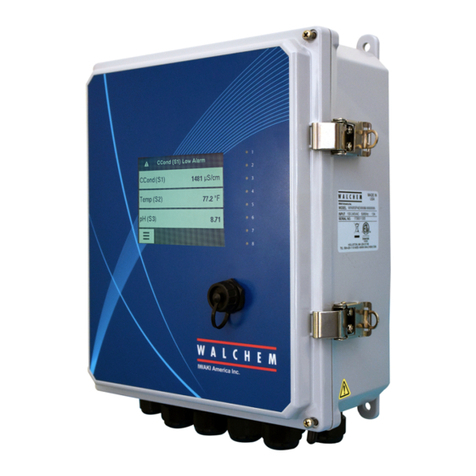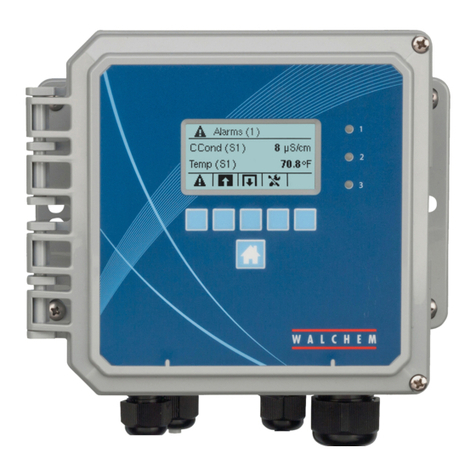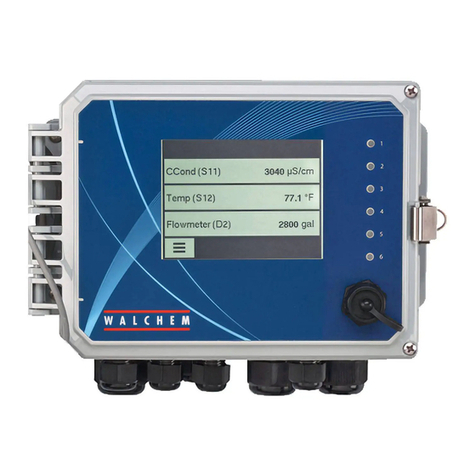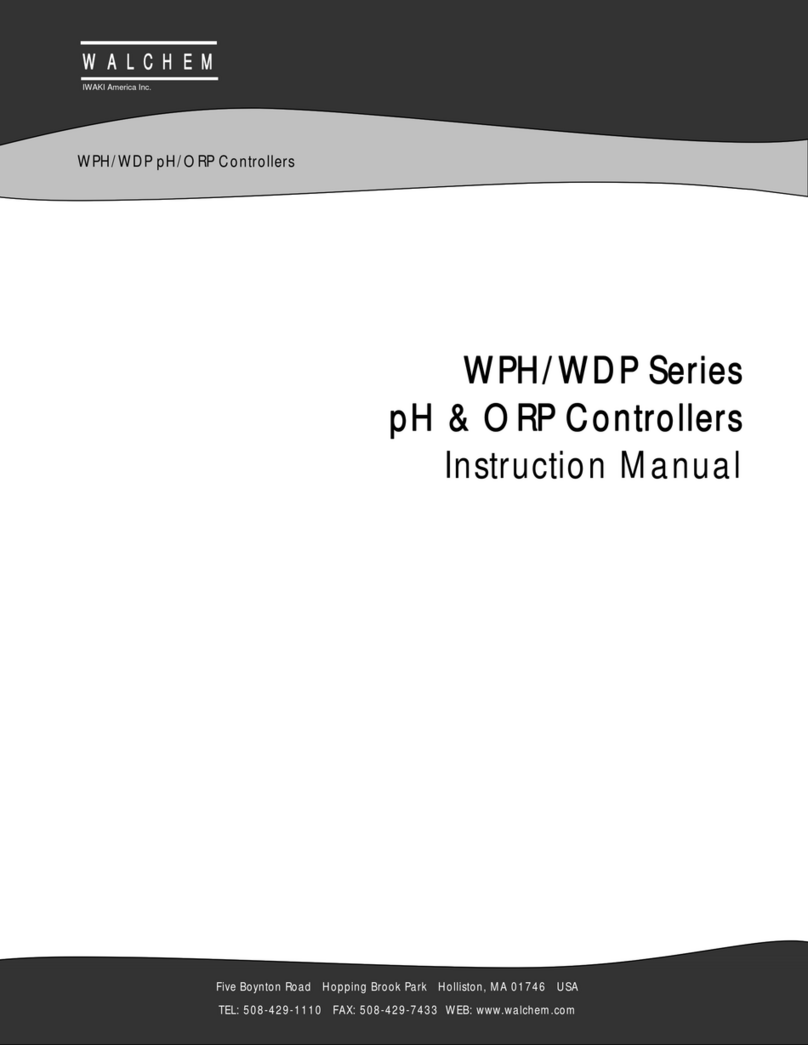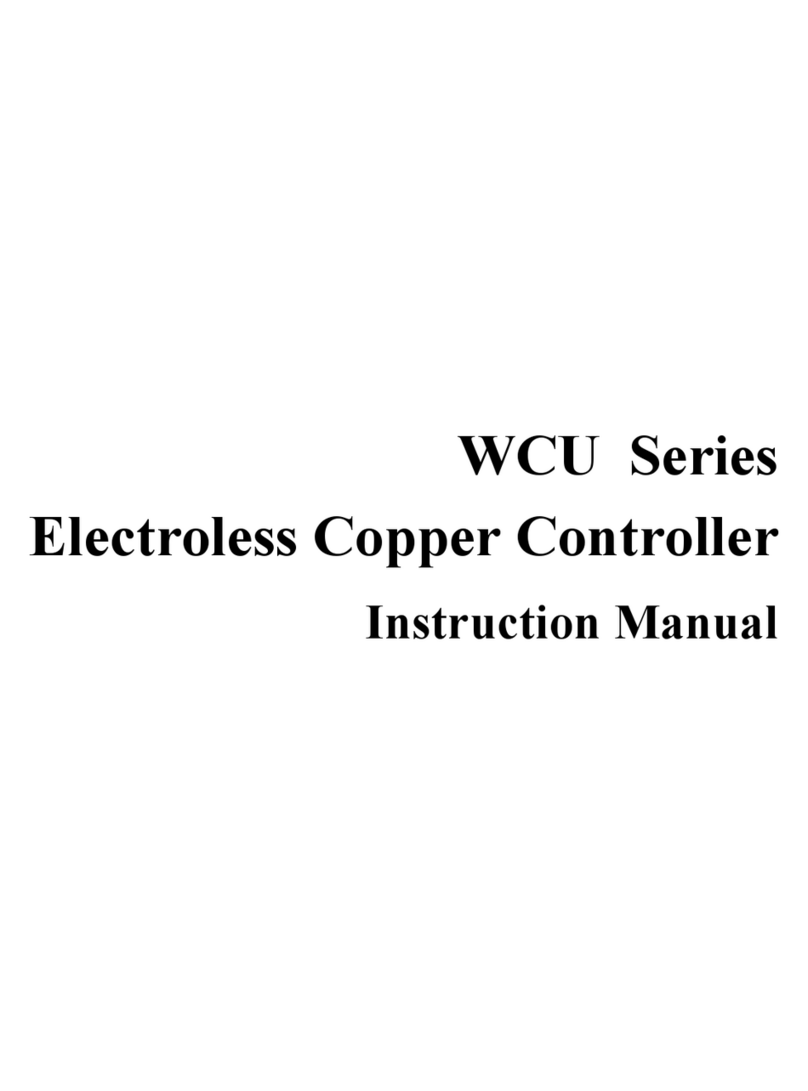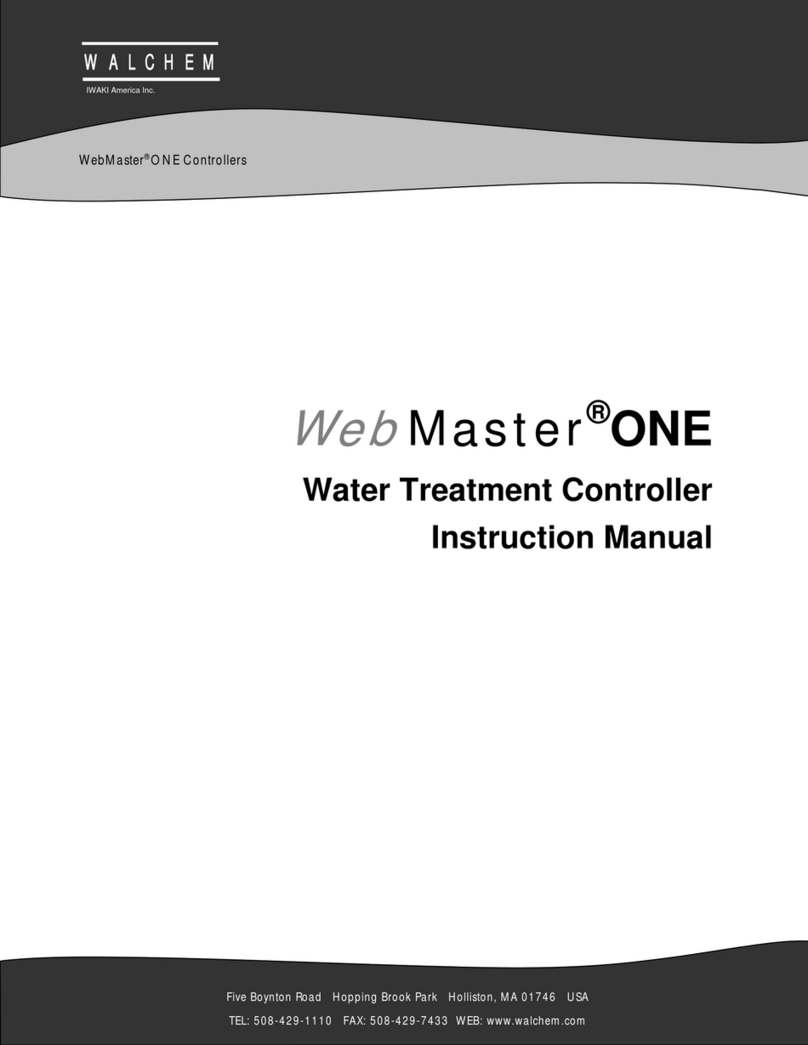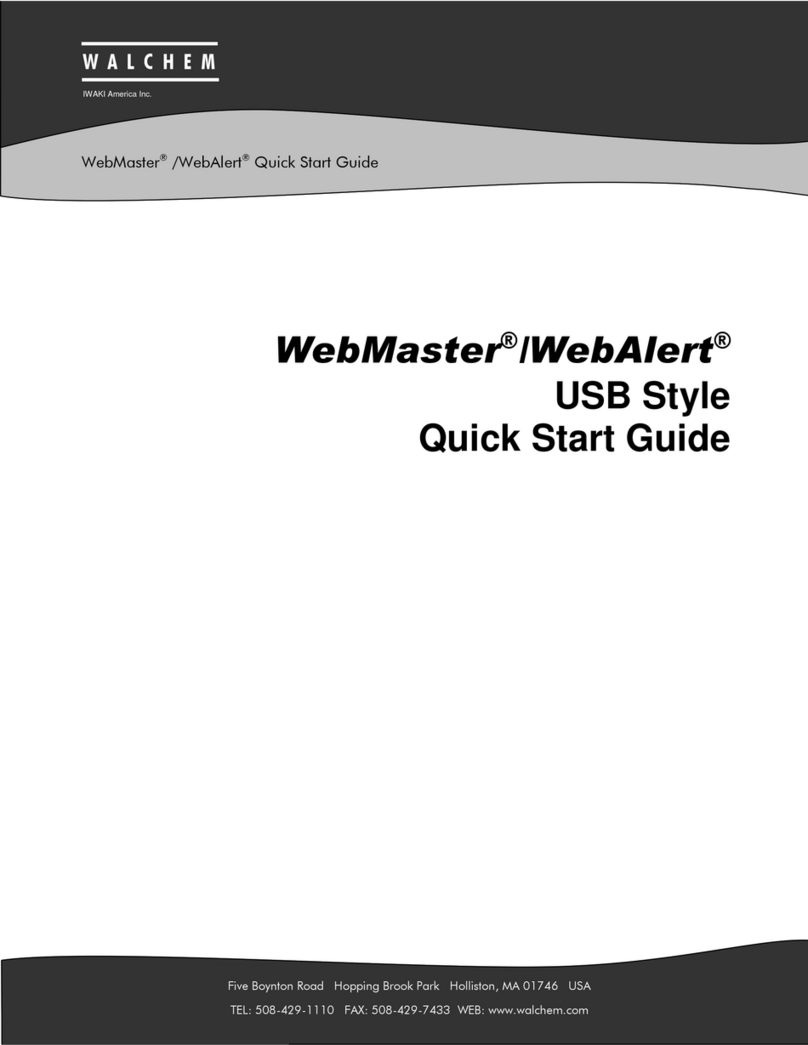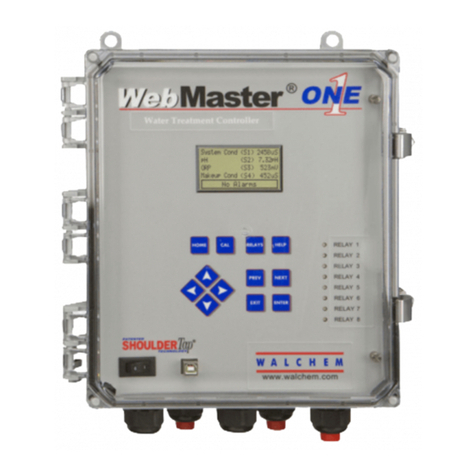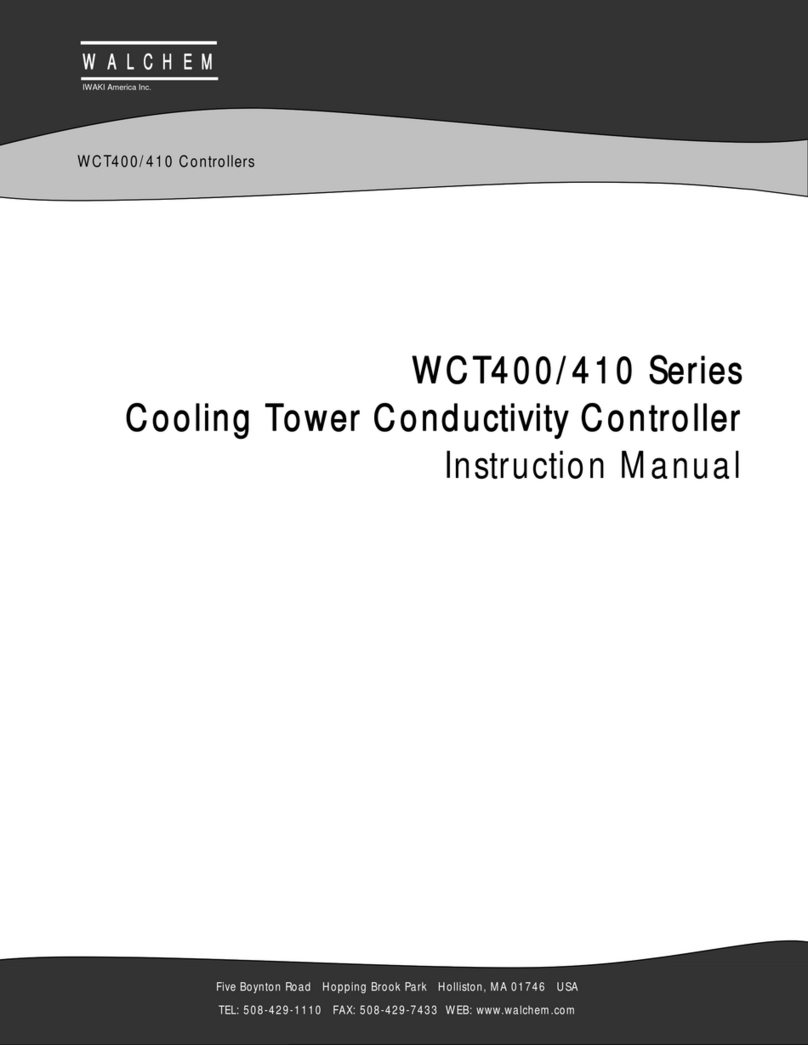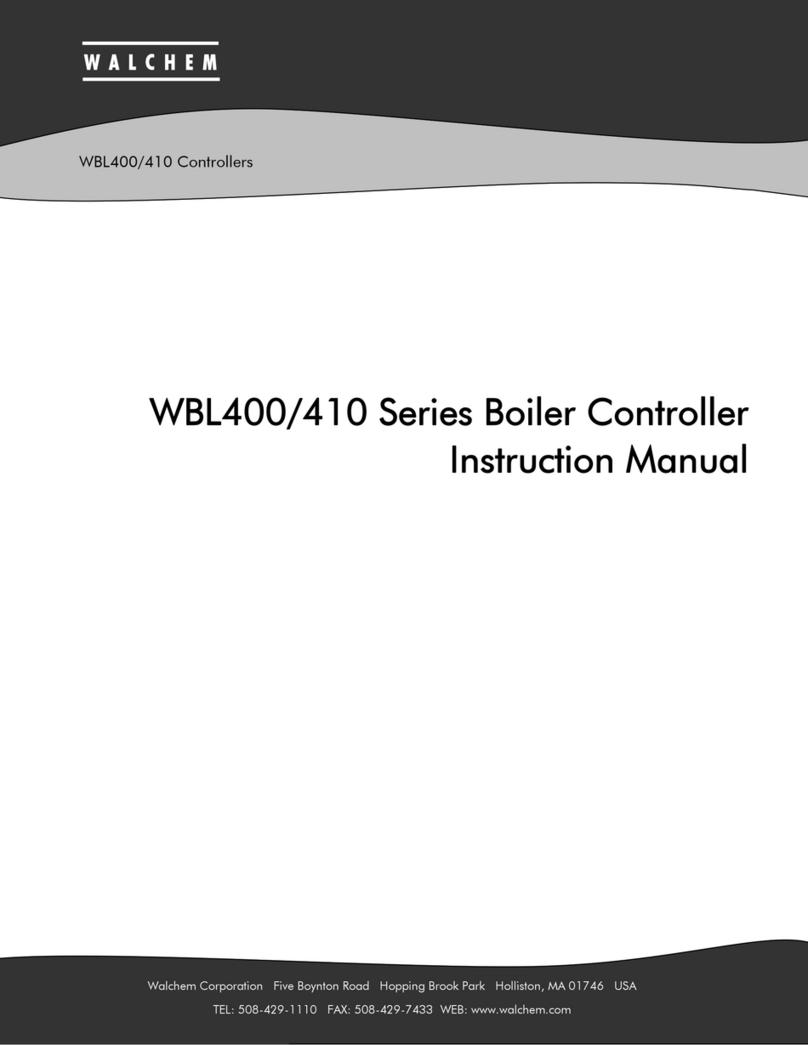
Table of Contents
1.0 Introduction.....................................................................................................................................1
2.0 Specifications..................................................................................................................................1
2.1 Measurement Performance (Sensors)..........................................................................................................1
2.2 Electrical: Input/Output .................................................................................................................................2
2.3 Mechanical (Controller).................................................................................................................................2
3.0 Unpacking and Installation............................................................................................................3
3.1 Unpacking the unit.........................................................................................................................................3
3.2 Mounting the electronic enclosure...............................................................................................................3
3.3 Installation......................................................................................................................................................3
Assembling the Sensor....................................................................................................................................3
Flow Cell Placement ........................................................................................................................................4
Installing Sensor into Flow Cell........................................................................................................................4
3.4 Icon Definitions..............................................................................................................................................5
3.5 Electrical Installation.....................................................................................................................................8
4.0 Function Overview........................................................................................................................12
4.1 Front Panel ...................................................................................................................................................12
4.2 Display..........................................................................................................................................................12
4.3 Keypad..........................................................................................................................................................13
4.4 Access Code ................................................................................................................................................13
4.5 Startup ..........................................................................................................................................................13
Initial Startup..................................................................................................................................................13
Normal Startup...............................................................................................................................................14
4.6 Shutdown......................................................................................................................................................14
5.0 Operation.......................................................................................................................................14
5.1 Main Menu ....................................................................................................................................................14
5.2 Sensor Menu ................................................................................................................................................16
Cal'd...............................................................................................................................................................16
Calibration......................................................................................................................................................16
Zero Calibration..............................................................................................................................................16
Days Btwn Cal ...............................................................................................................................................16
Input...............................................................................................................................................................18
Self Test.........................................................................................................................................................18
Sensor Type...................................................................................................................................................18
5.3 Control 1 and Control 2 Menus...................................................................................................................18
Hi/Lo Set Point...............................................................................................................................................18
Dead Band.....................................................................................................................................................18
Time Limit ......................................................................................................................................................18
Interlock .........................................................................................................................................................18
Control Dir......................................................................................................................................................19
HOA...............................................................................................................................................................19
5.4 Auxiliary 1 and 2 Menu................................................................................................................................21
Mode..............................................................................................................................................................21
Lo Alarm Pt ....................................................................................................................................................21
Hi Alarm Pt.....................................................................................................................................................21
Dead Band.....................................................................................................................................................21
Probe Wash Sched........................................................................................................................................22
Hold Time.......................................................................................................................................................22
HOA...............................................................................................................................................................22
5.5 4-20 mA Menu (Optional).............................................................................................................................24
4 mA Pt..........................................................................................................................................................24
20 mA Pt........................................................................................................................................................24
Calibrate.........................................................................................................................................................24
Fixed 4 mA Out..............................................................................................................................................24
Fixed 20 mA Out............................................................................................................................................24
5.6 Clock Menu...................................................................................................................................................25
Set Clock........................................................................................................................................................25
5.7 Access Code Menu......................................................................................................................................26
Enable Y/N.....................................................................................................................................................26
